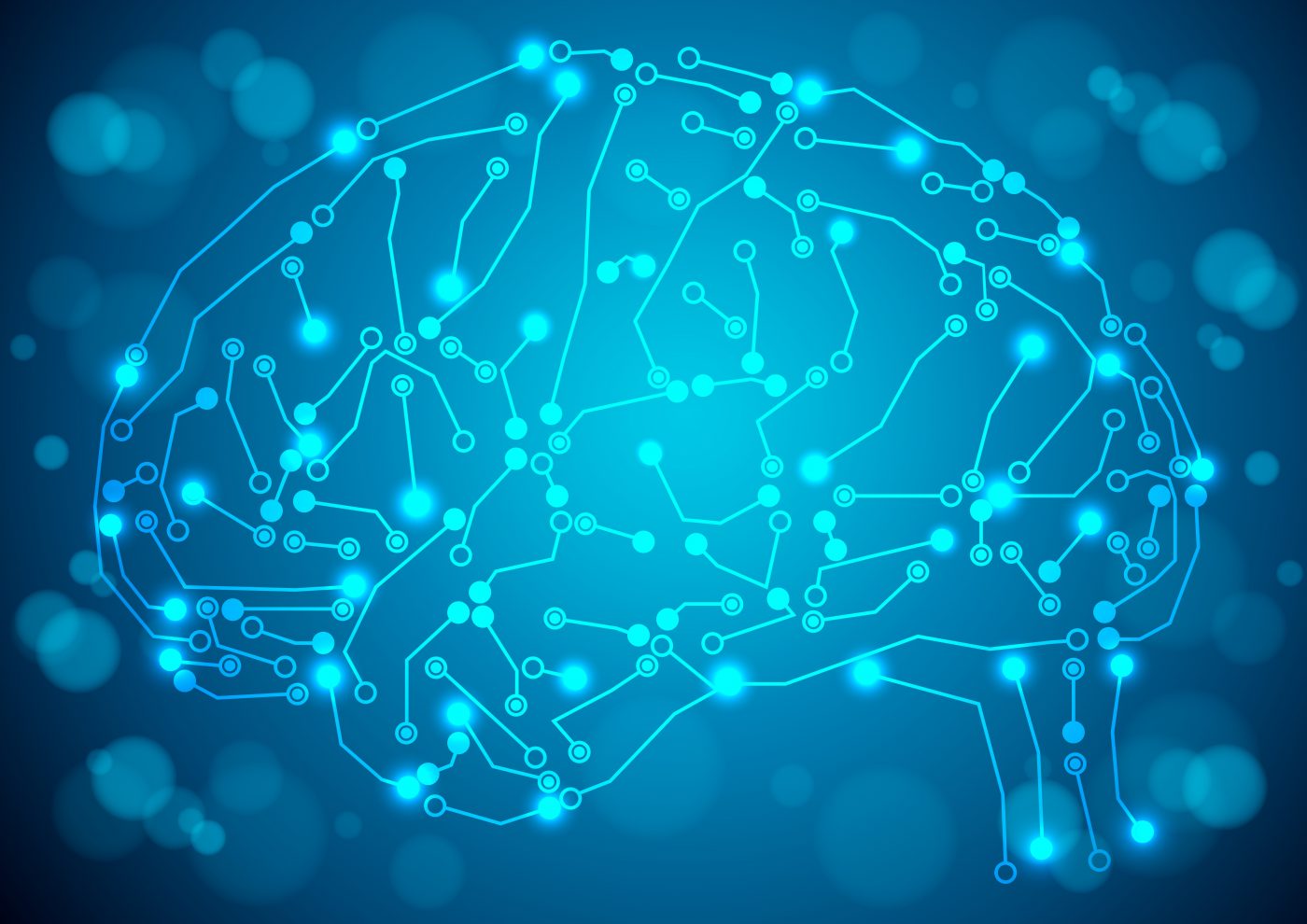Researchers Test Noninvasive Form of Deep Brain Stimulation on Mice

Researchers developed a method for noninvasive deep brain stimulation (DBS) that showed promise as a potential way to stimulate neurons without requiring surgery, a new study says.
The method works by inducing electrical currents with different high frequencies. When these currents meet deep in the brain, they generate enough stimulation to activate neuronal activity.
The study, “Noninvasive Deep Brain Stimulation via Temporally Interfering Electric Fields,” was published in the journal Cell.
DBS is a surgical procedure used for patients with Parkinson’s disease to treat their neurological symptoms and help control their movement anomalies. In this procedure, a medical device called a neurostimulator is implanted in the brain to deliver electrical stimulation to the areas that control movement, thereby regulating nerve signals that cause tremors and other symptoms. Stimulation is regulated by a generator implanted in the patient’s chest.
This treatment is usually recommended for patients whose symptoms are relapsing or worsening, and may be a useful complement to medication. But it requires brain surgery to place the device, making it a higher risk than other treatments.
Now researchers have tested a new approach – a noninvasive DBS method that delivers electrical stimulation to different brain regions without surgery. In the study, two electrodes were placed in distinct regions of the scalp in mice, each electrode delivering a different high-frequency current to which most brain cells are not sensitive.
When these currents meet each other within the brain, a low-frequency current is created that will stimulate neurons’ activity; this technique is called temporal interference stimulation.
Importantly, researchers observed that combining different electrical frequencies triggered distinct rates of neuronal activity. By narrowing or widening the position of the electrodes in the scalp, the team could direct the current to specifically activate certain brain areas without affecting the surrounding areas.
For instance, they were able to precisely activate the regions in the motor cortex that control the movement of the mice’s whiskers and forepaws.
The treatment was considered safe, as researchers found no signs of cell death, DNA damage, increased tissue temperature, or seizure risk. Future studies are necessary to test this method in the human brain.
“With the ability to stimulate brain structures noninvasively, we hope that we may help discover new targets for treating brain disorders,” Nir Grossman, PhD, the study’s leading author, said in a press release written by Tianna Hicklin, PhD.
“People have used non-invasive brain stimulation to study a wide variety of phenomena, from mood to memory to driving ability to trust,” added Ed Boyden, PhD, the study’s principal researcher. “Now, we can do these types of studies, hopefully, in deeper targets in the brain.”






